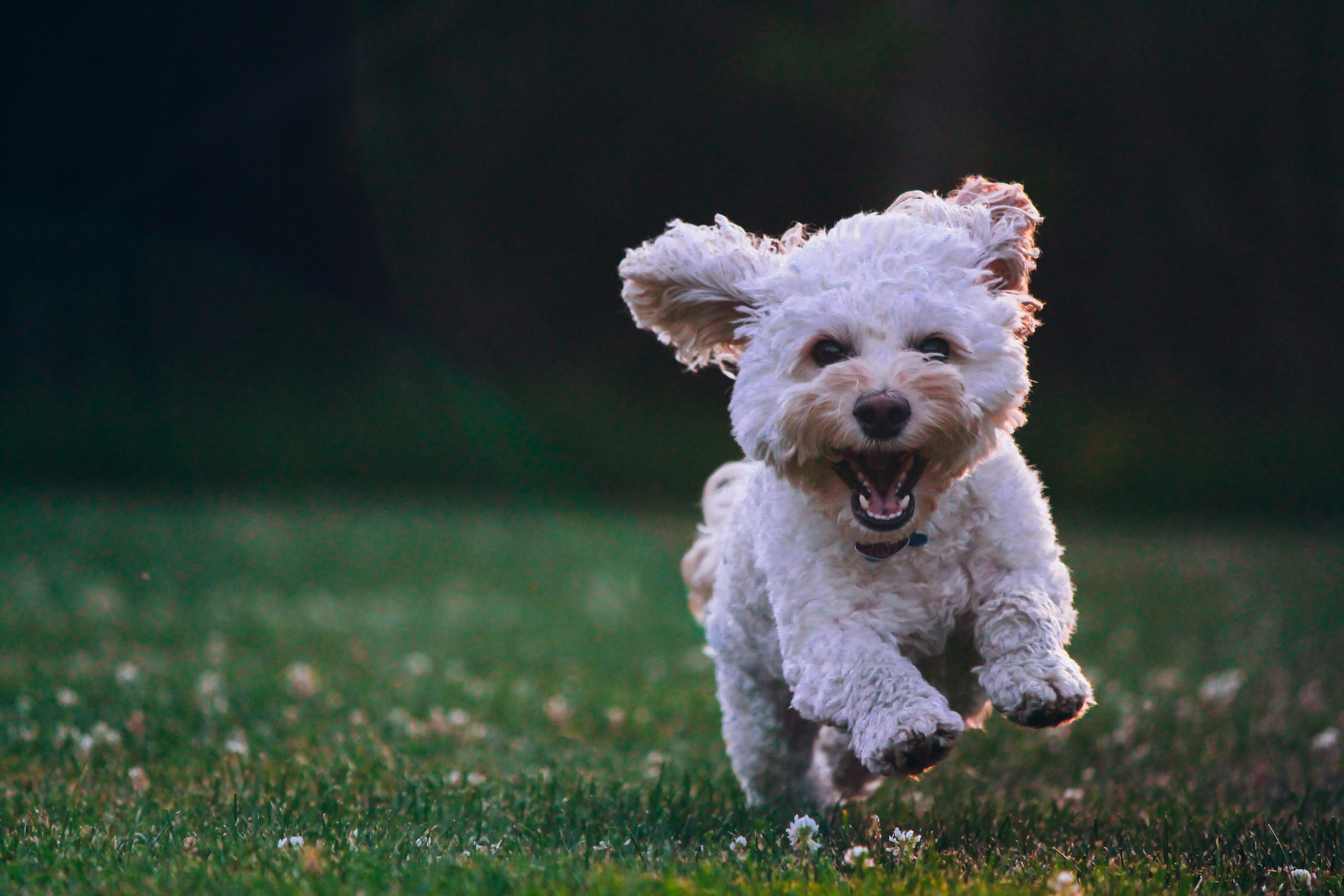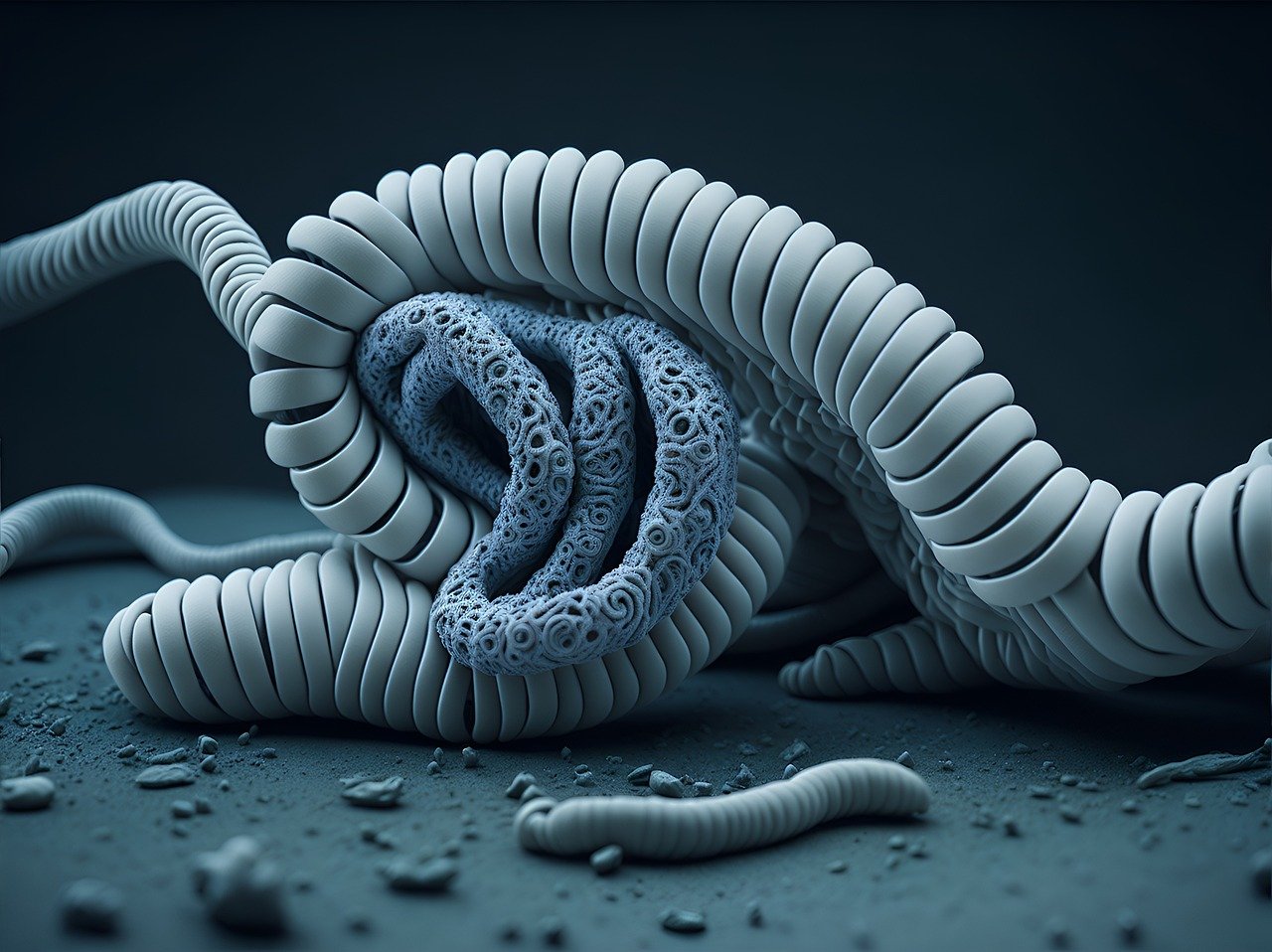Australian Terrier

| OFFICIAL NAME | Australian Terrier |
| COMMON NAME | Australian Terrier |
| PET HEIGHT | 10 to 11 inches |
| PET WEIGHT | 15 to 20 pounds |
| LIFESPAN | 11 to 15 years |
| GOOD WITH | children, families, seniors |
| TEMPERAMENT | playful |
| INTELLIGENCE | high |
| SHEDDING AMOUNT | infrequent |
| EXERCISE NEEDS | high |
| ENERGY LEVEL | hyper |
| VOCAL LEVEL | frequent |
| DROOL AMOUNT | low |
| BREED GROUP | terrier |
| BREED SIZE | small (0-25 lbs.) |
| COAT LENGTH | medium, short, wiry |
| COLORS | black, blue, red |
| PATTERNS | bicolor, black and tan, blue and tan, sable |
| OTHER TRAITS | apartment-friendly, easy to groom, easy to train, good for first-time pet owners, high prey drive, hot weather tolerant |
These intelligent, gregarious, playful, and loving dogs are lovely options for first-time pet owners because of their low-maintenance coats and ease of grooming. However, they have a distinctive quality: they may not get along with other dogs and prefer to be the only family pets.
Despite being relatively uncommon in the US, Australian Terriers are charming and adorable dogs that can turn their human companions into lifelong enthusiasts of the breed. They do best in households where playtime is prioritized and they get lots of attention.
Australian Terrier Appearance
At just 10 to 11 inches tall, the Australian Terrier is among the tiniest working terriers. Still, he has a long torso, especially considering his height. He may be small, but his low body and solid, stubby legs give him a corgi and dachshund-like appearance. Usually, these terriers weigh 15 to 20 pounds. Their coats are sandy, solid red, blue, and tan, which are easy to maintain. There is a softer undercoat beneath the short, wiry outer coat. Interestingly, unlike their generally rough fur, they have smooth and silky topknots on their heads between their perky, triangular ears.
According to the Australian Terrier Club of Great Britain, Australian Terriers are a good choice for people with allergies because they don't shed much, even though they aren't considered hypoallergenic.
Their assured gait is in line with their self-assured demeanor. According to the Australian Terrier Club of America (ATCA), they have small, dark brown or black eyes with alert and perceptive expressions.
Australian Terrier Personality
The playful stunts of the Australian Terrier, with boundless energy and an endless supply of fun, will keep you entertained. These brilliant dogs flourish when given tasks and training; they are excellent at obedience training and constantly want to advance to the next level. Your Australian Terrier will want to participate in all of your activities. They don't like being left alone and can turn destructive if left alone for an extended period.
Australian Terriers are generally amiable and gentle but can be slightly hostile to other animals. They enjoy chasing smaller animals and have a strong prey drive. These dogs are great companions for families, mainly if they are the only animals in the home. They build close relationships with all family members and get along well with children. Since they constantly need affection, having a large family to share it with can be helpful.
Although they often get along with families, Australian Terriers are not good with other pets. Even with socialization, they struggle to overcome their strong prey drive derived from their hunting instincts. Australian Terriers should ideally live as single pets in homes where they can receive all the desired attention.
Australian Terrier Living Needs
Australian Terriers were bred to work closely with people, frequently under pressure, which led to developing a deep sense of family loyalty. They prosper in homes where they can receive lots of attention and are happiest among their people. This includes cuddling on the couch, playing fetch, or using interactive toys. Australian Terriers are adaptable to living in the country and city, whether in a home or an apartment. They can endure a range of temperatures, from hot to cold.
But before they can work out, they need a secure area. Thanks to their hunting instincts, they can be pretty handy and are known diggers. As such, they make excellent little escape artists who can climb fences or dig their way out. In a fenced yard, always keep them under supervision or on a leash.
Although each dog is unique, Australian Terriers frequently wish to be the only dog in the home. Suppose you're considering getting an Aussie as a pet or adopting another animal. In that case, it's a good idea to carefully introduce the new pet to see how well they get along. In general, a peaceful coexistence of two male terriers is not guaranteed.
Australian Terrier Care
Australian Terriers only need a weekly brushing due to their all-weather coat, which effectively repels mud and dirt. Steer clear of baths too often, as shampoo softens their rough coats, making them less dirt-resistant and resulting in dry, flaky skin. Regular nail care, periodic ear cleaning, and teeth brushing should all be part of your grooming regimen.
Thankfully, Australian Terriers don't have particular food preferences, so you should have no problem getting them to consume whatever you want. Unlike many other breeds, they don't usually overeat, so overfeeding isn't as big of a problem.
Australian Terrier Health
The fact that a dog bred to withstand the extreme weather of Australia's outback would be relatively healthy should come as no surprise. Australian Terriers do not have any severe health issues. But there are a few minor conditions to be aware of: Legg-Calve-Perthes Disease, which involves the degeneration of the femur head, eventually leading to hip collapse and arthritis; Luxating Patella, a dislocated or out-of-place knee that is usually noticeable as a limp or skipped step and can cause pain, reduced mobility, and in severe cases, lameness; and Diabetes Mellitus, a pancreatic disease that affects blood sugar regulation but can be controlled with insulin therapy.
Australian Terrier Exercise Requirements
Australian Terriers only need a little physical activity despite their high energy levels. To keep them healthy and happy, they should be active for 20 to 30 minutes daily; the best way to achieve this is by going for two or three short, brisk walks daily. They don't require much more than this organized exercise. Because of their small stature, they don't need a big yard. They can even live happily in apartments if they receive their recommended 20 to 30 minutes of exercise each day.
Australian Terrier Training
Train sessions with your Australian Terrier should be brief because of their short attention span. They gain a lot from training and obedience exercises, even with their stubborn and independent nature. They pick things up quickly, but proper training requires a firm hand and much praise.
Australian Terrier History
The Australian Terrier was first developed in Australia following the introduction of several working Terrier breeds to Australia by British settlers in the 19th century. The Australian Terrier Club of Queensland states that although their ancestry is unknown, they are considered descended from the Skye Terrier, Manchester Terrier, and Dandie Dinmont Terrier.
Australian Terriers were bred to hunt small mammals and snakes and quickly became loyal companions to their owners. They were exported to Great Britain in 1887, the same year Australia founded the first Australian Terrier Club.
In the late 1940s, they began to appear in American homes, and by 1957, the Australian Terrier Club of America had been established. Nine Australian Terriers participated in the Westminster Dog Show's "Miscellaneous Class" the following year. 1960 the American Kennel Club officially recognized the Australian Terrier as the 114th breed.
Australian Terrier Fun Facts
First identified as the "broken-coated terrier," these dogs were renamed the "Australian Rough Coated Terrier" in 1889, according to the Australian Terrier Club of Queensland.
One of the most miniature working terrier breeds, Australian Terriers, stands 10–11 inches tall and weighs 15–20 pounds.
The silky-coated Silky Terrier was created by crossing Australian Terriers with Yorkshire Terriers.
Get insurance plans with wide-ranging coverage options













